The recent ABC documentary Recognition – Yes or No? concluded with Andrew Bolt in a fold-out chair on a lawn beneath Sydney’s Harbour Bridge, observing an Australia Day ceremony and grumbling to his co-presenter Linda Burney about flagpoles. The producers really should have put one of those hankies with knotted corners on his head for that scene, but alas, it was meant to be a serious show.
Burney, with that womanly weariness that comes over us when we spend too long in the company of a man who refuses to concede we are right about everything, replied, ‘I don’t understand what’s wrong with that. I don’t believe having two flags (the Australian and Aboriginal flags) up there is divisive. But I understand that you feel strongly about it.’
Andrew Bolt does indeed feel strongly about all manner of things, and yet his style is not one of table-thumping outrage, or splenetic old-fart nastiness. He’s not a mad uncle curmudgeon (Mark Latham is doing a splendid job in that role, and I mean that as a compliment), or an embittered fogey muttering darkly about poofters and hippies and ‘kids today’ (half the internet has that act covered). Rather, the strongest emotional signal emitting from Bolt’s on-screen persona is one of sustained bafflement at the absurdity of it all.
The left-leaning media try to portray Bolt as some sort of jackbooted fascist or overbearing boofhead, but the characterisation doesn’t quite stick. Having met the guy once or twice, he reminds me of the statisticians and IT people I’ve worked with and quite liked, who have firm ideas about how a system should work and struggle to understand why people are so silly.
Having said that, I’m on Team Linda in agreeing that multiple flags are OK for Australia Day, although I agree with Andrew’s point also, that it symbolises division over unity. Because that’s what Australia Day is all about, you see: feeling divided and uncomfortable, arguing over the propriety of it all, and wonder if there might be an alternative date for next year’s shindig that everyone could feel better about. Realistically, that date would be the 32nd of Octember, and if such a day were ever to arrive, we wouldn’t know what to do with ourselves anyway. Agonising about Australia Day is as much a part of Australian tradition as football, meat pies, kangaroos and (until recently) Holden cars.
Instead of pretending otherwise, I suggest we make our national neurosis the day’s central theme. Guilt-ridden whites could purge the sins of their settler souls in an annual festival of self-recrimination. Disgruntled Aboriginals could offer their services as freelance scolds and flagellators, thus making a tidy profit from white guilt in a user-pays system rather than under the current taxpayer-funded model.
For the rest of the year, any carping about colonisation could be effectively hushed with the admonition, ‘Mate, save it for Australia Day’.
But I digress. In the doco, Andrew and Linda visited the Yidindji Nation, bordered on all sides by the quasi-nation of Queensland, and single-handedly staffed by the magnificent Murrumu, Minister for Foreign Affairs and Trade. Andrew was concerned that a treaty could spawn a proliferation of separate indigenous micro-nations like Yidindji. Linda couldn’t see that happening in a hurry, and again I’m inclined to agree with her.
While separate Aboriginal nations might prove highly profitable when perched upon mineral or gas deposits (or if legal loopholes allowed for the thriving marijuana export industry I would establish if I held the trade portfolio in tropical Yidindji), the business of setting up an Aboriginal micro-nation looks like hard work for little pay. Murrumu is not sitting on a bureaucrat’s fat salary, and Yidindji was not established with a generous government grant. Treaty, right now at least, is an eccentric DIY project.
The Australian government can throw a lot of dough at recognition because tinkering with the constitution falls within its remit. However, the idea of a treaty presents a challenge to the state’s own legitimacy, which would surely make funding the thing awkward if not impossible. With no well-paid government gigs, no lavishly-resourced NGOs and no plump consultancy contracts on offer, how many players in the Aboriginal industry would throw their weight behind a treaty at this stage of the game?
Andrew Bolt’s dogged insistence that ideas should make sense if they are to be worth pursuing means he’ll never be on board with constitutional recognition, because there is little in the project that is sensible. But far from derailing the Aboriginal industry’s agenda, staunch opposition from the likes of Bolt may in fact serve their purposes quite nicely, since the campaign for constitutional recognition is looking much like a failed project in search of someone to blame.
Of course, if the recognition referendum fails to launch it will be everybody’s fault, not just Andrew Bolt’s. ‘What I can see brewing in the recognition discussion is the same sort of divisive, ugly fear-mongering that we are going to see in the marriage equality plebiscite. It’s exactly the same people,’ quoth Andrew’s new friend Linda Burney recently, in an impressively seamless transition from crystal-ball-gazing to decisive finger-pointing in two sentences. Marcia Langton concurs: ‘I don’t think it’s good for anybody to have two votes that incite some people in the community to spew hate – and that’s certainly what is going to happen if the government pursues both.’ It looks like some advocates for Aboriginal recognition are jumping enthusiastically on the idea that democratic processes do nothing but induce people to hate-spew all over each other, transforming national debate into the rhetorical equivalent of the ‘Lardass barforama’ pie-eating contest from the 1986 film Stand By Me.
All this certain doom creates an opening for recognition advocates to drop their faltering project as ‘unviable’ in the current climate of hate and fear, and to return to the negotiating table armed with a fresh set of grievances and demands, milking the disappointment for all it’s worth. To put it in traditional Australian parlance, they’ll be spewin’.
The post Spewing hate appeared first on The Spectator.
Got something to add? Join the discussion and comment below.
Get 10 issues for just $10
Subscribe to The Spectator Australia today for the next 10 magazine issues, plus full online access, for just $10.
You might disagree with half of it, but you’ll enjoy reading all of it. Try your first month for free, then just $2 a week for the remainder of your first year.

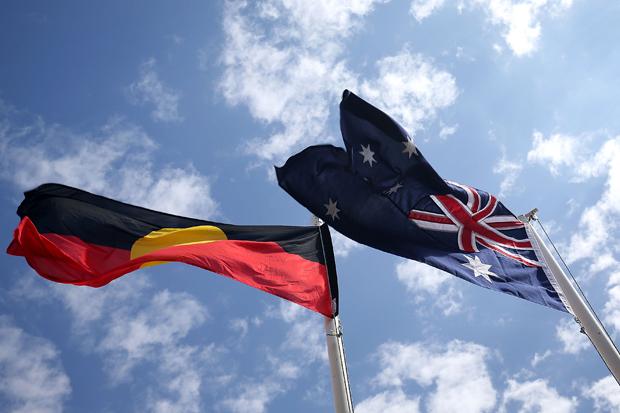
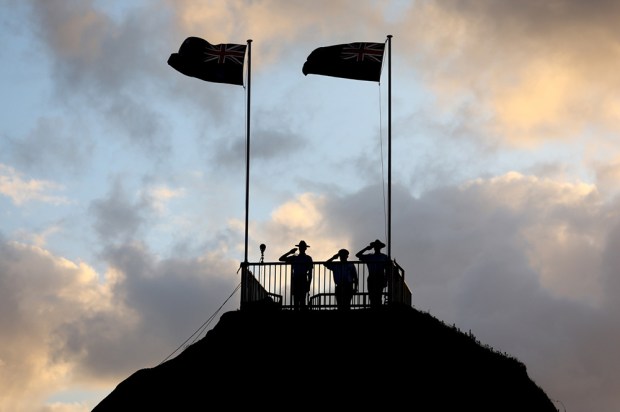

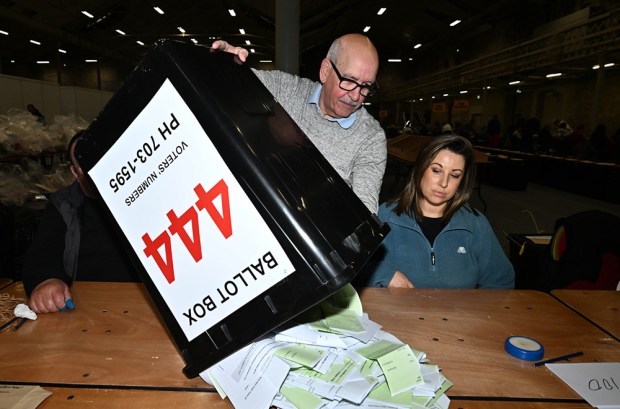

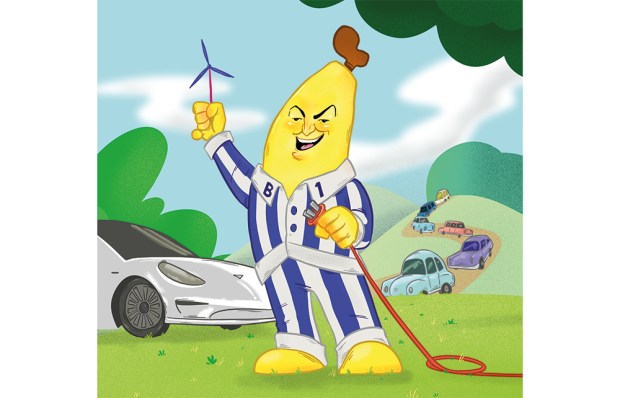
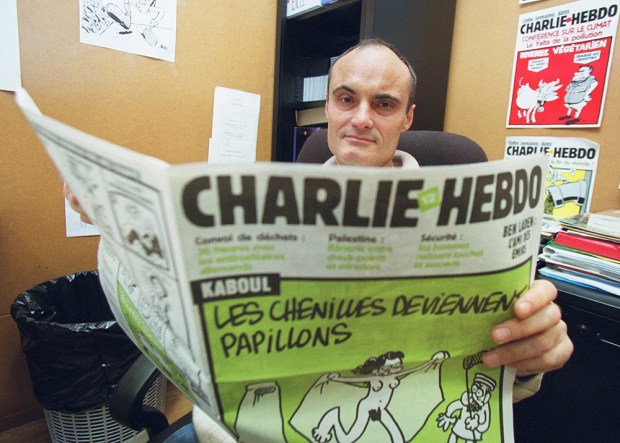






Comments
Don't miss out
Join the conversation with other Spectator Australia readers. Subscribe to leave a comment.
SUBSCRIBEAlready a subscriber? Log in